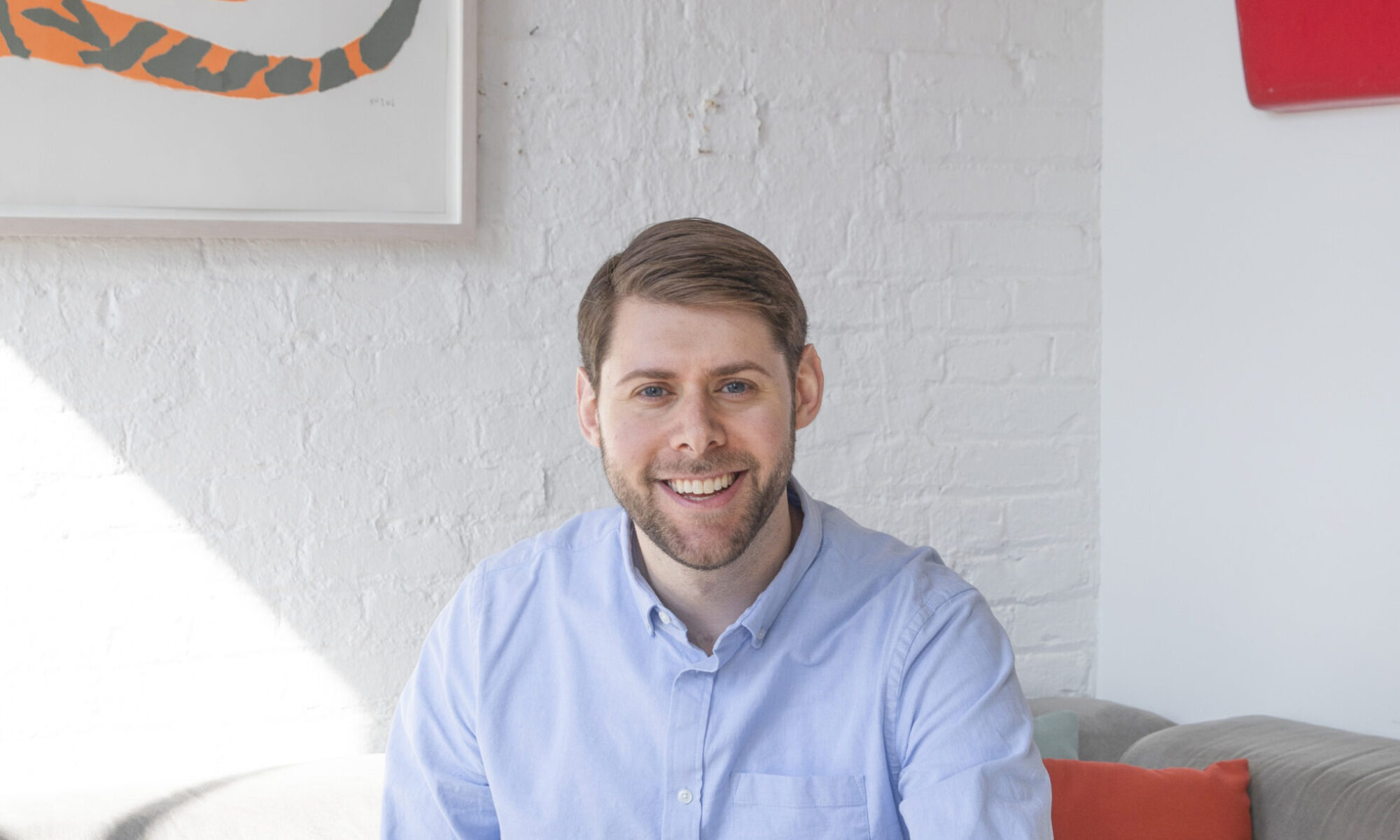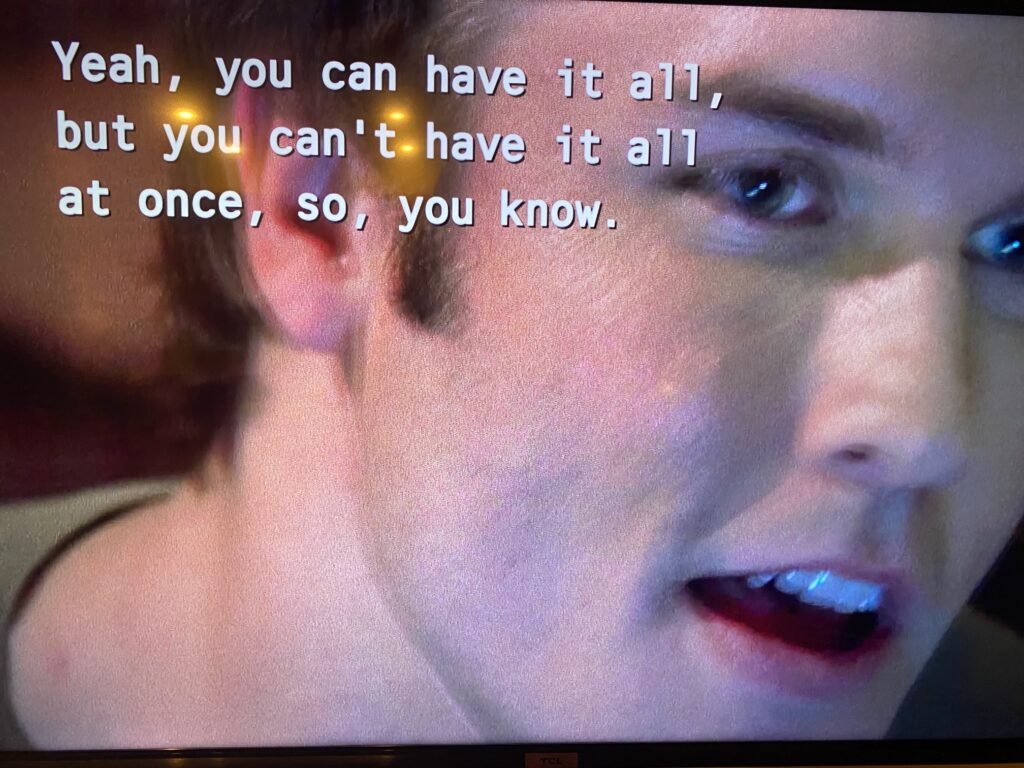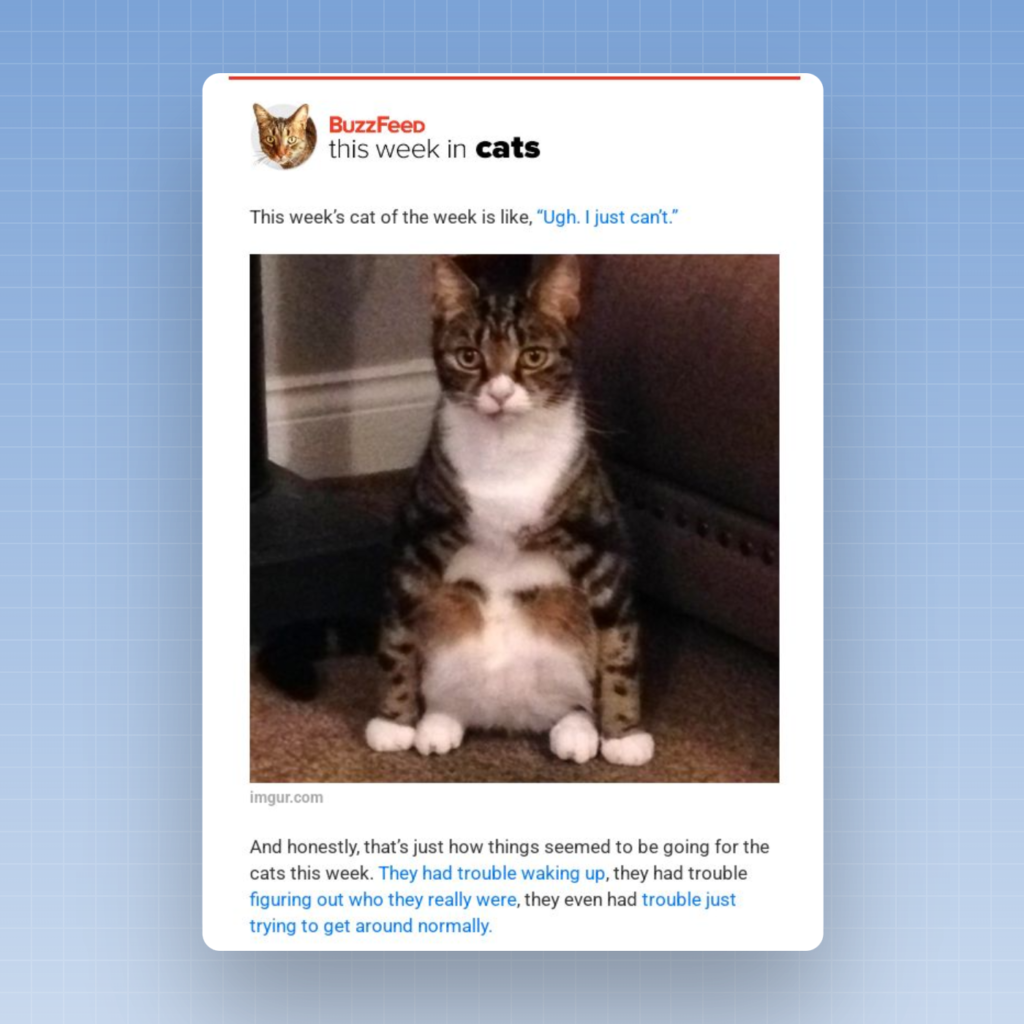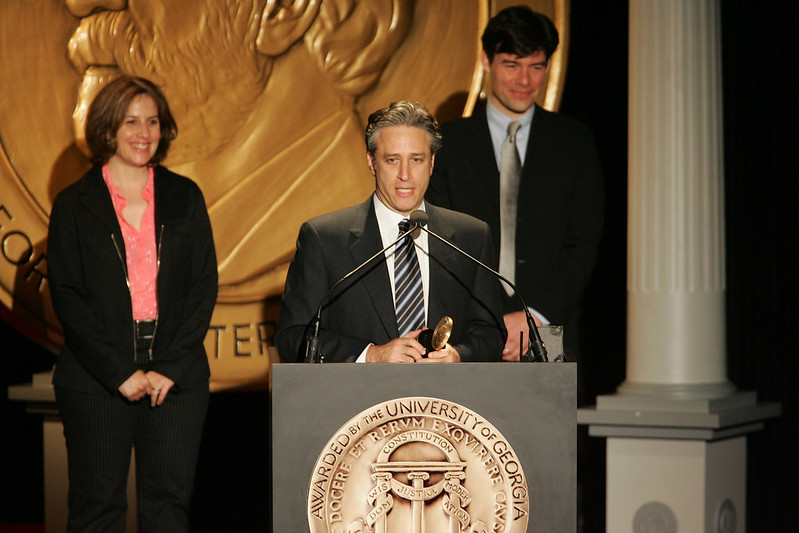
I’ve found that it’s easier to do just about anything if you’ve got a little momentum behind you. It’s easier to get yourself to work out if you’ve done it the day before. It’s easier to make time to write if you’ve written the day before. I could go on, but you get the idea.
But it’s hard to build that repetition when you’ve got a child to take care of. I’m fascinated by the stories from people who say, for instance, that they wake up super early to squeeze in a workout before their kids get up. I love that idea, and I’m inspired by their work ethic — but I’ve found that my son has a funny habit:
If I try to get up early, he’ll somehow get up earlier.
I know that if I try to create new routines in the new year, they’ll get easily interrupted. So as I think about the year ahead, one thing I’m interested in is the idea of building good habits without building a corresponding routine. For instance: I want to do more writing, and I think I can make a few hours every week to write. But instead of trying to build a routine around it — i.e. every morning, after breakfast, I promise to spend an hour writing before checking my email and getting to other work tasks — my goal is to make space for the habit when I can. Maybe that means I have 15 minutes to write one day, and an hour the next, and no time the day after. That’s OK! The bigger thing is the intention — that I want to make writing a priority.
I don’t believe, at least at this moment in my life, that I can build a consistent routine around these habits the way that I could five or ten years ago. The question is: Can I still build the habit without the routine?
We’ll see how things go in the new year.
———
That’s a lovely image, taken by Yusuf Evli for Unsplash, of a black Mercedes typewriter set against a brown desk, with a black lamp shining a light over it. It seems like a lovely place to write. (Mine is a windowless room in our basemen. Not quite as picturesque, but it gets the job done!)









